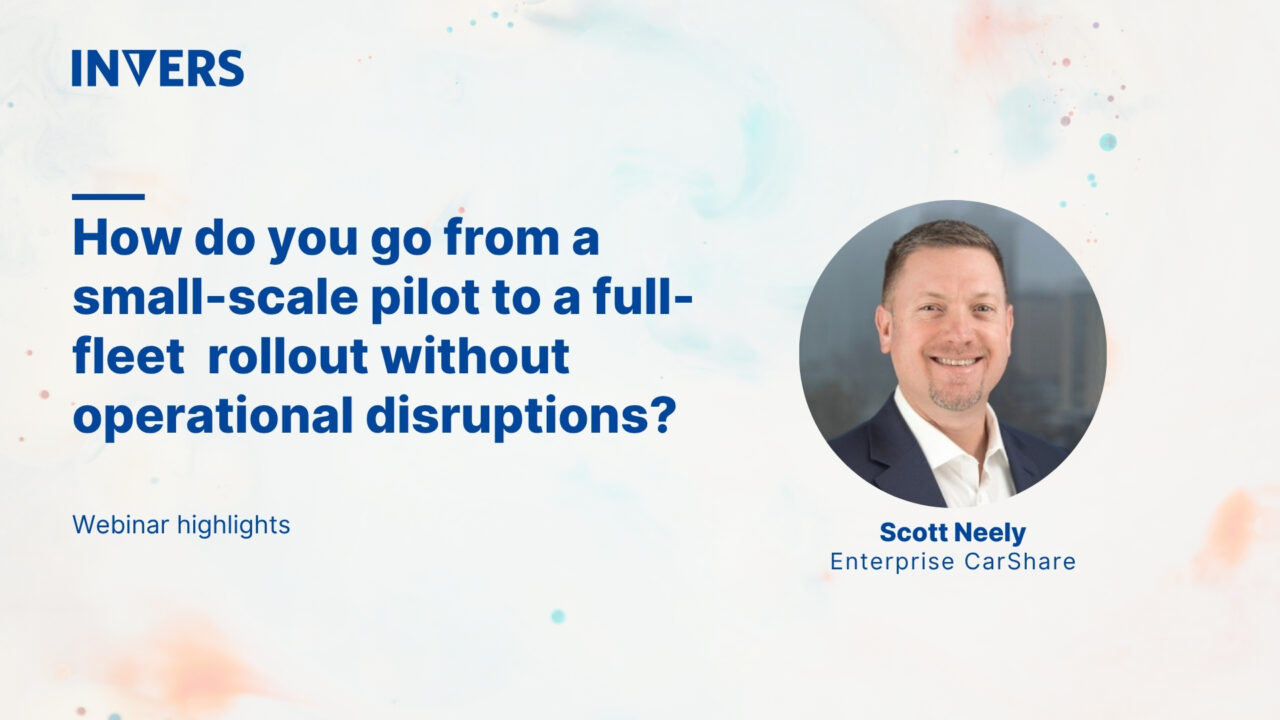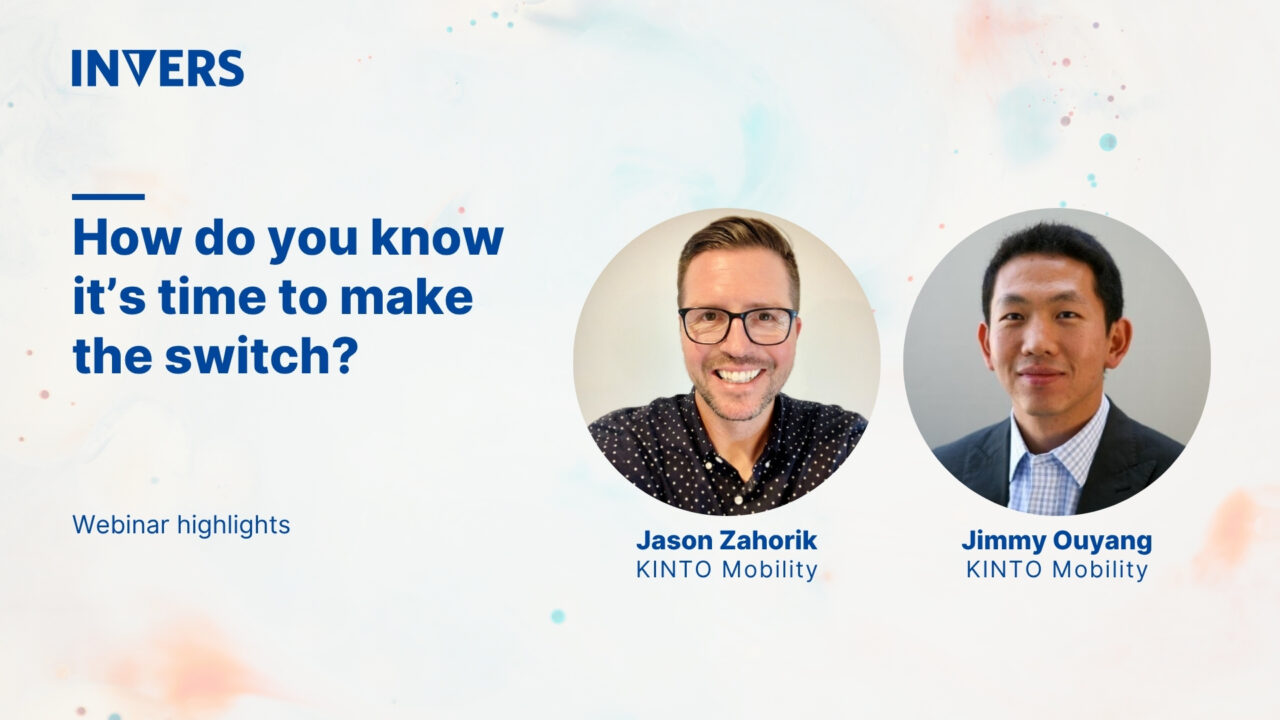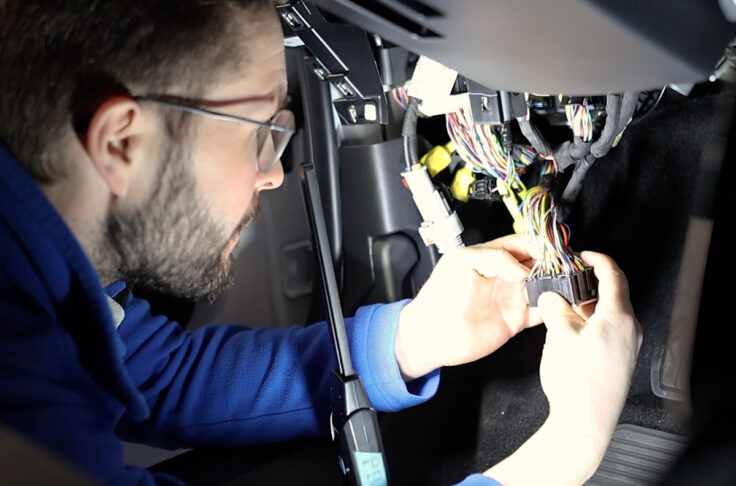How to Minimize the Pain of Switching Car Sharing Telematics Provider

Summary
Switching telematics feels overwhelming because it means replacing hardware, redoing integrations, retraining teams, and managing downtime risk. Many operators delay as long as their system still “works,” not realizing that waiting only makes the switch harder. A forced migration under tight timelines and limited options is the worst-case scenario. The smoothest transitions use pilots, parallel runs, and staged rollouts to keep operators in control. No operator should accept spending significant time fixing hardware issues. Planning the switch early is the only way to break that cycle.
For many operators, the idea of switching car sharing telematics provider triggers immediate stress. There’s hardware to swap out. Integrations to redo. A team to retrain. And downtime to avoid.
So they delay. Because the system they have? It’s still functional.
But here’s the thing: waiting doesn’t eliminate the pain. It just defers it to a worse time—when systema fail, support ends, or it becomes evident that the current telematics are preventing growth. Smart operators switch before they’re forced to. And when they do it right—through pilots, parallel runs, and staged rollouts—they stay in control.
And “functional” isn’t future-ready. If you’re curious about better tech, this is your guide to managing a car sharing telematics switch without the stress.
Waiting is the bigger risk–here’s why
For many operators, the phrase “Don’t fix what isn’t broken” becomes a way to defer the inevitable.
Yes, switching systems is a serious undertaking. But sticking with outdated tech can quietly hurt your operation even more. Systems built years ago aren’t designed to scale with today’s demands. Over time, “functional” becomes fragile. You start patching gaps, working around issues, and hoping nothing breaks.
But here’s the thing: delaying the decision doesn’t save you pain; it just defers it to a less convenient time. That’s when the real risks set in: downtime from aging hardware, rising costs to maintain legacy integrations, rushed fixes that impact users, and feature limitations that slow your growth. The longer you wait, the harder it is to act when something finally gives out.
Real stories from the field

Here are some recent examples. Flexicar inherited a rental-focused system that couldn’t support modern car sharing needs and had to replatform under pressure. Free2Move needed more flexibility across cities and couldn’t afford to wait for their old tech to keep up. The team at KINTO Mobility were losing sleep over telematics issues with their fleet. Poppy latency issues were holding them back:
“The permanently open connection with the car that we have via the INVERS IoT module fits our approach, in that it helps us tackle the latency issue when sending commands. Also, due to the number of vehicles, the diversity of the vehicle makes and models discovered in their system, integrating the IoT or new vehicle models is fast and easy.”
None of these operators had the luxury of perfect timing. But what made their transitions successful was the groundwork they laid early on—evaluating vendors, aligning team
“Good enough” should never be a strategy
Operators don’t resist change–they resist chaos, and rightfully so. If your system is doing just enough to keep things running, it’s tempting to wait. But “good enough” quietly erodes your operations. It drags down your team’s efficiency, limits your product roadmap, and slows your ability to respond to market shifts or user demands.
Worse, it keeps you reactive. When the switch eventually comes you’ll be playing catch-up. That’s why leading operators are moving early—before their systems hit breaking point—and designing their car sharing telematics switch with minimal disruption and maximum flexibility.

“We realized that to stay competitive, we needed to future-proof our entire operation. It wasn’t just about solving today’s problems, but preparing for tomorrow’s opportunities.” Aleem Murphy, Flexicar.
Pilot, parallel and scale
The operators who switch successfully don’t gamble on big-bang transitions. They take a phased, data-driven approach—starting with a pilot, then running new and old systems in parallel, and scaling up only once they’re confident in the results.
1. Bullet before the cannonball
In Great by Choice, Jim Collins describes how top-performing companies test new ideas with low-risk, high-feedback experiments. Once calibrated, they go all-in with confidence. Your pilot should work the same way. Use it to gather real-world data from a controlled portion of your fleet.
The pilot phase is all about testing in the real world. Choose a segment of your fleet that reflects a mix of use cases and user behavior. Don’t just test features—test fit. How fast does the system respond? Does the data sync reliably? How well does it integrate with your backend and frontend tools? What does your support team need to adjust?
Not sure where to start? Check out our Guide to Successful Telematics Pilots for insights, lessons and key metrics to measure.
When Flexicar transitioned their fleet to INVERS, they ran a pilot from February to April 2022, testing various options and configurations of the CloudBoxx, including keyed and keyless solutions, key holder, and RFID card reader. Installation across the full fleet of 520 vehicles was completed months later.
2. Run in parallel–don’t rip and replace
From there, keep your legacy system running while onboarding the new one. This parallel setup reduces risk, surfaces any compatibility issues, and lets your team learn without pressure. It also ensures your customers don’t feel the switch at all.

“You’re going to have disruptions—it’s unrealistic to think otherwise. The key is minimizing them by rolling out in phases and maintaining strong cross-team communication.” – Scott Neely, Enterprise Carshare.
3. Progress, don’t pause
When the pilot results are in, use that data to guide your rollout. Start with your riskiest segments—vehicles with old hardware or known pain points. Roll out in phases—by city, fleet type, or usage pattern—and adapt as needed. The more deliberate you are, the fewer surprises you’ll face.
Document everything. Adapt as needed. Let your internal champions lead.
How to know it’s time
If your current platform is already creating friction, now’s the time to explore what better tech can do. Maybe your support team is fielding more complaints. Your developers might be running into roadblocks. Or perhaps you’re watching competitors scale faster—and wondering what you’re missing.

That curiosity is your cue. It means your instincts are right: something’s not keeping up.
And here’s the real cost of waiting: When the time does come to switch—because of hardware obsolescence, or shifting business needs—you’ll still have to do it. But you’ll have fewer choices, tighter timelines, and more pressure.
So if you’re already curious… if you’re already exploring… maybe the real question isn’t if you’ll switch. It’s how soon you want to do it on your own terms.
As Jason Zahorik and Jimmy Ouyang of KINTO Mobility put it, “It should work. Spending any significant amount of time on solving hardware-related problems should NOT be an accepted part of running carshare operations.”
Switch Smarter
Switching systems doesn’t have to be painful. It only becomes painful when it’s rushed, reactive, or done too late. When you start with a pilot, run in parallel, and scale with intention, you stay in control.
If your operation has already outgrown “good enough,” now’s the time to see what a smart car sharing telematics switch can really do for your fleet. And if you’re ready to explore what switching could look like—on your terms, at your pace—we’re here to help. Talk to us today!


